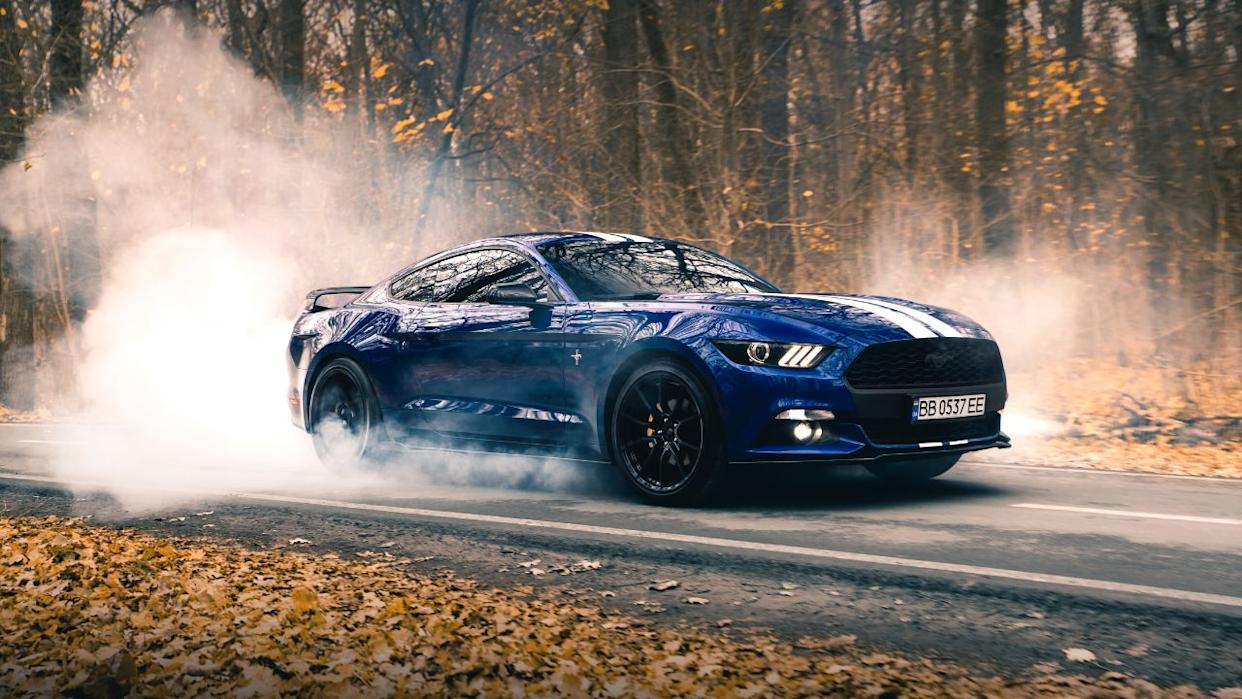
Let’s celebrate American performance. While the global stage is often dominated by polished European badges and high-revving Japanese machines, American manufacturers have quietly and sometimes not so quietly carved out a legacy of their own in the annals of motoring history. Sure, some of that legacy is built on raw, brutish muscle. But don’t let the tire smoke and thunderous V8s fool you.
America’s best performance cars aren’t just loud. They’re clever, capable, and often surprisingly precise. From track-tuned monsters to supercar-adjacent icons, these machines have gone toe to toe with the world’s most celebrated exotics, and many times they’ve done it for half the price. This is a tribute to the cars that proved American engineering could be more than horsepower. It could be world-class.
The United States of Automotive Legends
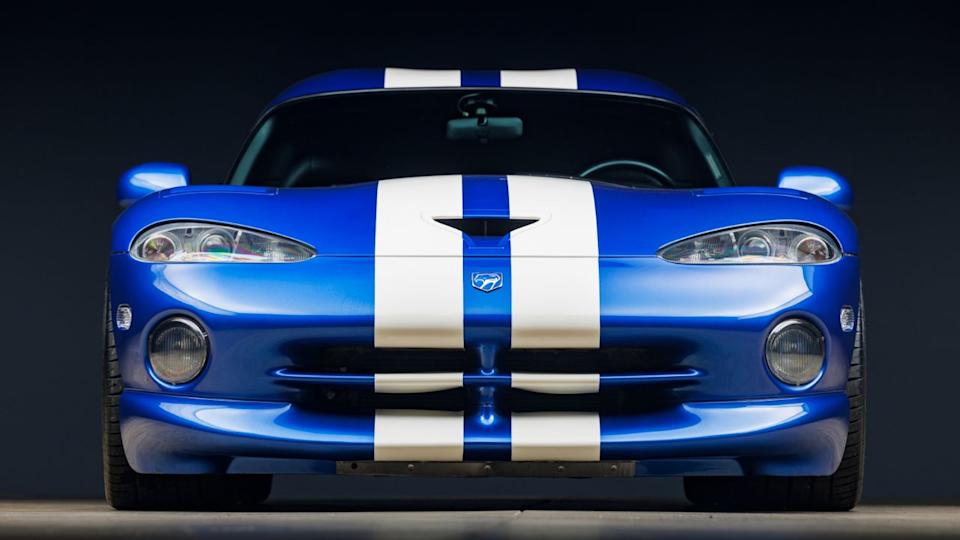
This list isn’t scientific — it’s personal. These are some of my favorite American performance cars, chosen because they left a lasting impact. Each one did something bold, whether through engineering, design, or pure attitude, and helped move the needle on what American performance could mean.
To make the cut, a car had to change expectations, set a new benchmark, or influence what came next. Not every icon could make the list, so if your favorite isn’t here, tell us about it in the comments.
Pontiac GTO
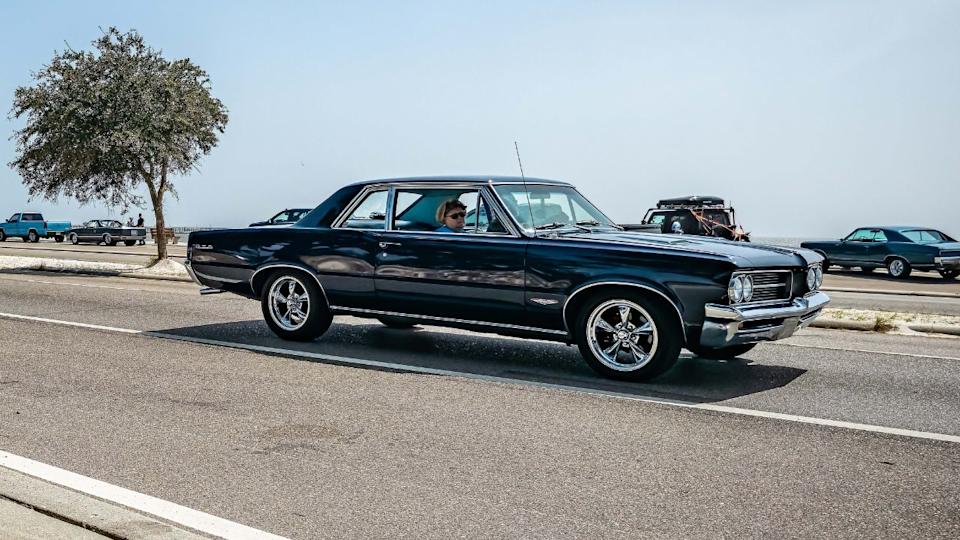
The 1964 Pontiac GTO is widely regarded as the car that kicked off the muscle car era. At a time when GM banned engines over 330 cubic inches in intermediate cars, Pontiac’s rebellious engineers, led by John DeLorean, broke the rule. They dropped a 389 cubic-inch V8 from the full-size Catalina into the compact Tempest LeMans and offered it as a $295 performance package. Suddenly, a grocery-getter became a street brawler.
The GTO stood out because it was powerful, affordable, and approachable. With up to 348 horsepower in Tri-Power trim, it delivered a drag-strip-ready power-to-weight ratio and a soundtrack that announced your arrival louder than a squadron of B-52s. Pontiac expected to sell 5,000 units. Instead, they moved over 32,000 in the first year, lighting a match under the Detroit horsepower wars.
The GTO may not have been the first car with big power in a smaller body, but it was the one that proved raw speed could sell to the masses. It helped shape the blueprint for American performance — accessible, aggressive, and unforgettable.
Chevrolet Corvette Sting Ray
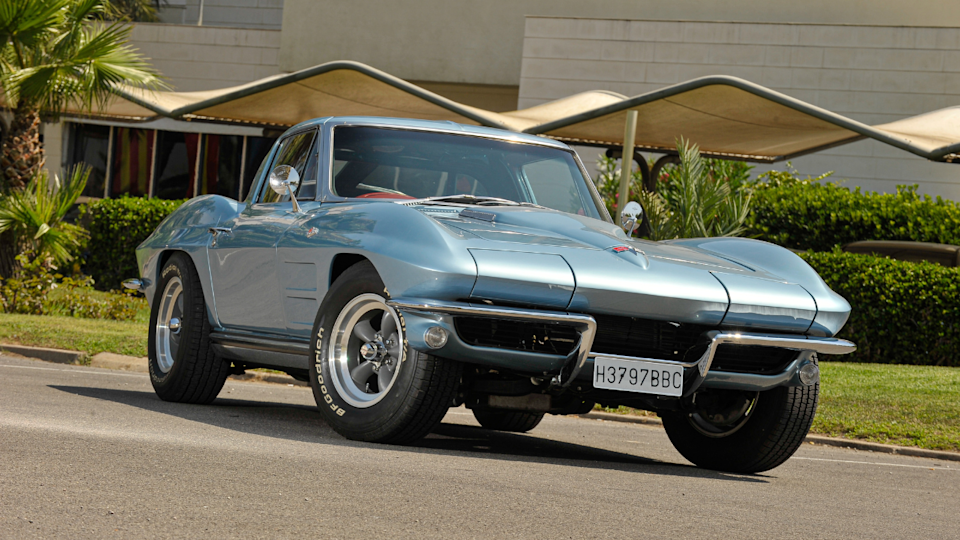
By the early 1960s, the Corvette was a cool-looking convertible, but its handling was often described as "agricultural." That all changed with the introduction of the second-generation Corvette, the C2, in 1963, the first to wear the “Sting Ray” nameplate, two words at the time. It wasn't just a facelift. It was a complete philosophical shift.
The C2 brought a sharper focus on handling and road control, something almost unheard of among American cars of the era. A revolutionary independent rear suspension, a redesigned chassis, and a more aggressive body made it far more than just a pretty face. Especially memorable was the split rear window on the 1963 coupe, still a conversation starter decades later.
The Sting Ray appealed to drivers who wanted something more refined, more capable on a winding road, but still unmistakably American. With engines like the 327 cubic-inch V8 offering up to 360 horsepower with fuel injection, the Sting Ray proved that American performance was not just about brute force in a straight line. It could actually dance.
The name eventually evolved, too. By 1969, the badging had shifted to the now-familiar “Stingray” — one word — and remained that way until the moniker was retired after 1976. It would not return until 2014 with the C7.
But it was the 1963 to 1967 C2 that cemented the Corvette’s place as a true sports car, laying the foundation for what would eventually become a supercar killer. The Sting Ray did not just keep up with the Europeans. It made them look twice.
Dodge Viper RT/10
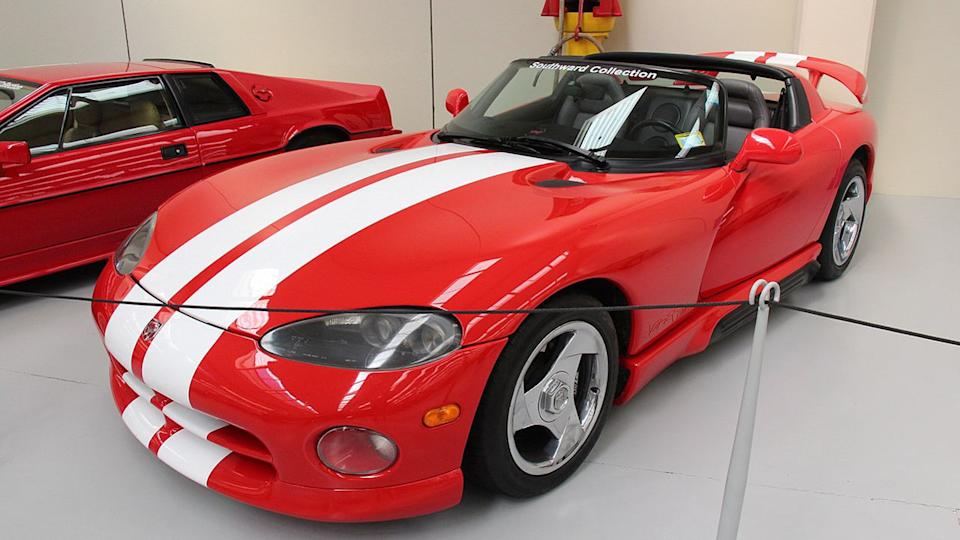
The early 1990s were generally a bit bland for American performance. Then, Chrysler dropped a nuclear bomb shaped like a snake: the Dodge Viper RT/10. For 1994, it was still a pure, unadulterated beast. With its unmistakable, bulging presence and a driving experience that prioritized primal feel over anything resembling comfort or civility, the Viper was a rejection of modern driving aids for raw performance. It arrived with no traction control, no anti-lock brakes (ABS), and zip-up vinyl windows, making no attempt to soften its performance edge — and no attempt to keep you safe or alive. It was, in essence, a street-legal race car that wanted to kill you.
Under that massive clamshell hood resided an 8.0-liter V10 engine, originally a truck engine modified by Lamborghini (then owned by Chrysler), belting out 400 hp and 450 lb-ft of torque. Drivers didn't just appreciate its raw personality; they demanded that visceral, untamed connection to classic performance values. It revived interest in American cars that embraced simplicity, massive displacement, and power without compromise. The Viper was a bold challenge to European luxury norms, quickly gaining a reputation as one of the most unapologetically raw sports cars to ever come out of Detroit. It's feared to this day.
Chevrolet Camaro Z/28
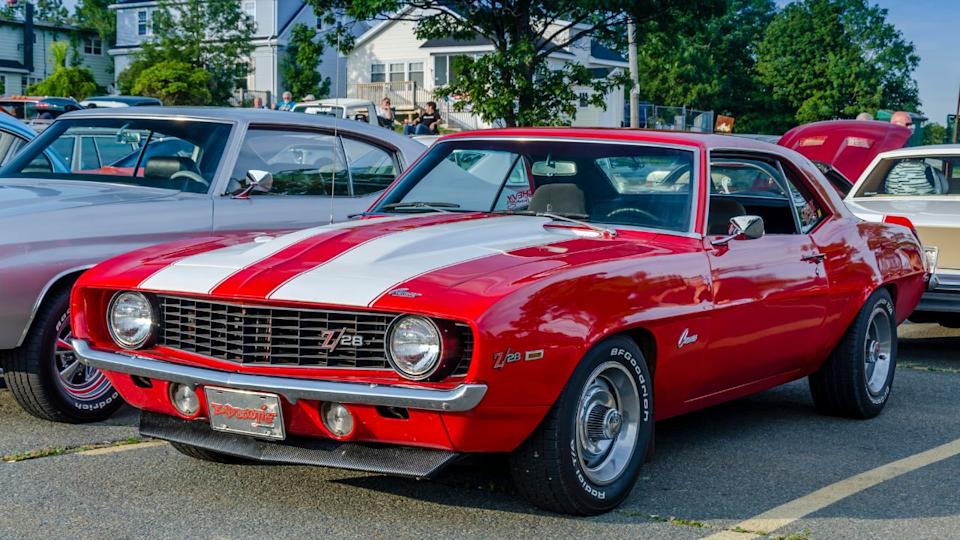
While many muscle cars of the era were built for the quarter-mile, the 1969 Camaro Z/28 was a different breed. This beast was born on the track, specifically designed to dominate the SCCA Trans-Am racing series against formidable foes like the Boss 302 Mustang. To meet the series' 5.0-liter (305 cubic inch) displacement limit, Chevrolet engineered a high-revving, high-output 302 cubic-inch V8, derived from a 327 block with a 283 crankshaft. It was a rev-happy, solid-lifter wonder that, while officially rated at 290 hp, was widely known to produce closer to 360-400 hp in race trim.
The Z/28 balanced a finely tuned chassis with purposeful, aggressive styling. It delivered sharp steering, athletic feedback, and a surprisingly nimble feel that appealed directly to driving enthusiasts and weekend racers. While it was developed for the track, it was perfectly at home on the street, making it a truly versatile performer. Only 20,302 Z/28s were built in 1969, making them a coveted piece of muscle car history.
The Z/28 became a respected name in the performance world by showing that American cars could be fast and responsive without being excessive or clumsy. It remains a favorite among collectors for its balanced approach to power and control, a true driver's car in an era of straight-line monsters that will set you back over $83,000.
Ford GT (2005)
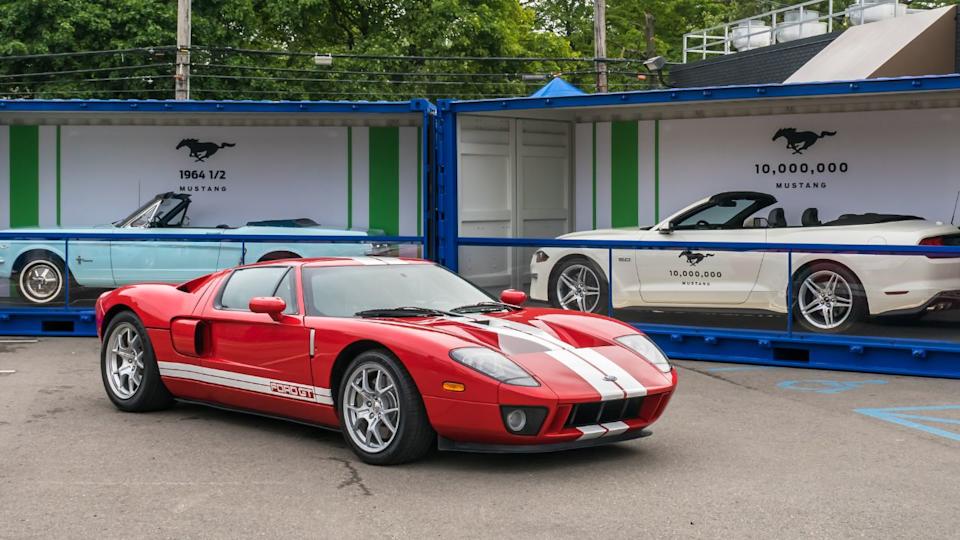
In 2005, Ford reminded the world why it once humbled Ferrari at Le Mans. The Ford GT honored the legendary GT40 while proving that Ford could build a world-class supercar. With a lightweight aluminum spaceframe, aluminum body panels, and a dry-sump lubrication system, it delivered serious modern engineering rooted in motorsport legacy.
A supercharged 5.4-liter DOHC V8 sat under the rear glass, producing 550 horsepower and 500 lb-ft of torque. It launched to 60 mph in 3.3 seconds and reached a top speed of 205 mph, offering true supercar performance with unmistakable American identity. The design and driving experience struck a rare balance between heritage and innovation.
Buick GNX

During the mid-1980s, when most American performance cars were wheezing their way through the Malaise Era, the Buick GNX (short for Grand National Experimental) emerged from the darkness like a turbocharged bat out of hell. This wasn't your grandpa's Buick. It turned heads by doing things completely differently: no massive V8, just a sinister, all-black paint job and a quiet presence that hid a carefully engineered platform designed to surprise anyone who underestimated it.
Built in collaboration with McLaren Performance Technologies (yes, that McLaren, sort of), the GNX took the already potent Grand National's 3.8-liter turbocharged V6 and cranked it up. Officially rated at 276 hp and 360 lb-ft of torque, dyno tests consistently showed figures closer to 300-plus hp. Its unique Garrett turbocharger, improved intercooler, revised suspension, and fender flares hiding wider tires made it shockingly quick. It could reportedly hit 60 mph in 4.7 seconds and run the quarter-mile in the mid-13-second range, often beating Corvettes of the same era.
Only 547 units were built in 1987, making it incredibly rare. The GNX showed that performance didn’t have to be loud or V8-powered to make a monumental impact. It still stands out as a unique, forward-thinking, and utterly unapologetic chapter in American automotive history.
Dodge Challenger SRT Hellcat (2014)
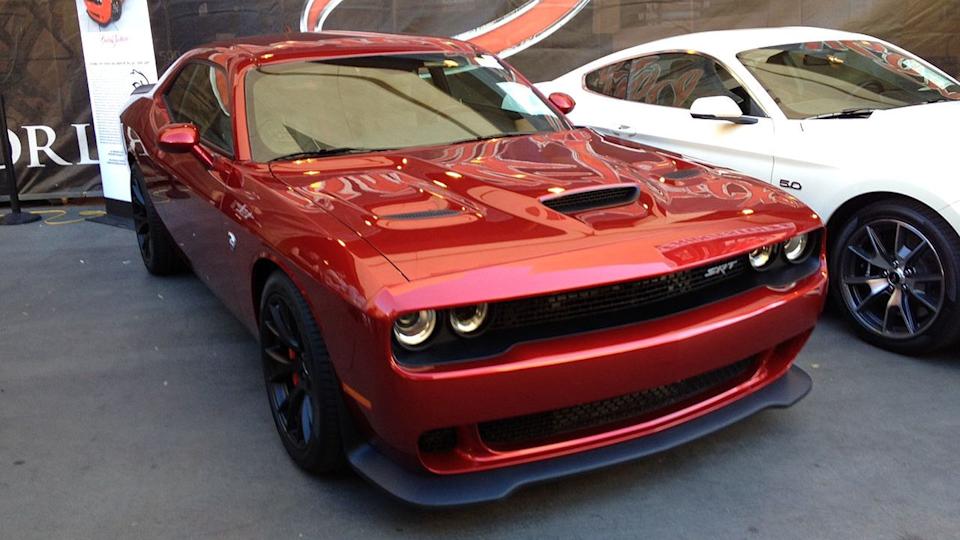
Just when many thought the era of the full-size, ludicrously overpowered muscle car was over, Dodge ripped off the parking brake and stomped on the throttle with the 2014 Dodge Challenger SRT Hellcat. With its unmistakable retro design and commanding presence, the Hellcat brought modern muscle into the mainstream spotlight, reminding everyone that America still knew how to build a straight-line weapon.
Under the hood was the now-legendary supercharged 6.2-liter HEMI V8, initially rated at a mind-bending 707 hp and 650 lb-ft of torque. This wasn't just a big number; it was a statement. It delivered on the promise of brutal straight-line speed (0-60 mph in 3.6 seconds and a quarter-mile in 11.2 seconds on street tires) while also offering updated handling and technology that made it more than just a drag strip pony. Drivers responded to the visceral personality and surprisingly good (for such a large car) control it brought to the table. The Hellcat combined traditional muscle car cues with new engineering ideas, making it more than just a throwback.
It single-handedly revived interest in full-size, high-horsepower performance cars, sparking a new horsepower war that continues to this day. In fact, the highest hp Hellcat is the Dodge Challenger SRT Demon 170, which came out in 2023 with 1,025 hp!
Shelby GT350
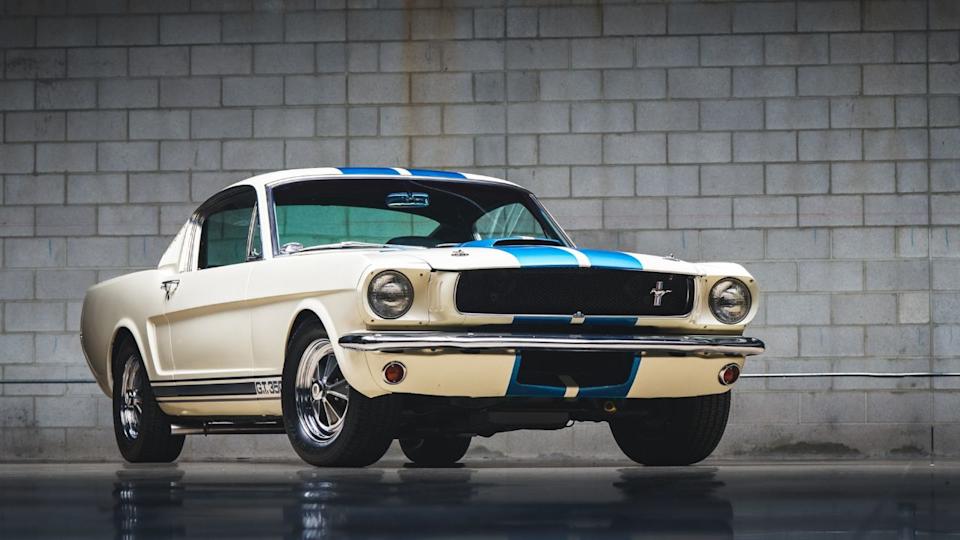
When Carroll Shelby got his hands on the Ford Mustang, he didn't just bolt on a bigger engine; he created a true driver's car. The 1965 Shelby GT350 took the Mustang, originally conceived as a "pony car," and transformed it into a legitimate race-bred machine with real track capability. This wasn't just about quarter-mile glory; it was engineered to handle curves with confidence and precision while retaining the familiar Mustang look.
Shelby's team worked magic on the chassis, stiffening the suspension, adding adjustable Koni shocks, a larger anti-roll bar, and a limited-slip differential. Under the hood was a modified 289 cubic-inch V8, initially rated at 306 hp, though many say it was closer to 350 hp. It wasn't about raw displacement; it was about balance and a visceral connection.
The GT350 introduced drivers to the idea that American cars could be fun to drive in ways that went far beyond mere straight-line power. It set the stage for a long, storied line of performance Mustangs that followed, proving that the pony car could evolve into a true sports car. The blend of balance, character, and raw mechanical feel helped the GT350 build a lasting, legendary reputation.
Chevrolet Corvette ZR1 (2025)
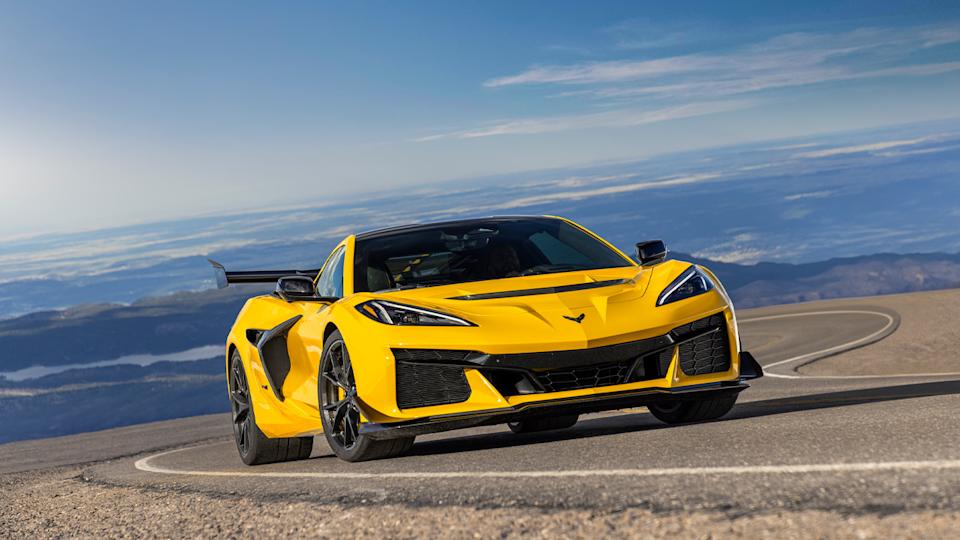
For decades, the Corvette was America's front-engine, rear-wheel-drive sports car, a stubborn holdout against the European mid-engine trend. Then, in 2020, Chevrolet pulled a fast one on everyone, dropping the C8 Corvette with a radical, long-rumored, mid-engine layout. This wasn't just an evolution; it was a revolution, fundamentally redefining what a Corvette could be. This strategic pivot instantly elevated the Corvette to a global competitor, putting it squarely in the sights of Ferraris and McLarens, often at a fraction of the price.
The upcoming 2025 Corvette ZR1 is expected to truly shatter expectations. While official numbers are pending, rumors swirl around a twin-turbocharged 5.5-liter V8 (the LT7, derived from the C8 Z06's flat-plane crank LT6) potentially pushing over 1,000 hp (some reports even claim 1,064 hp). This next-level ZR1 will feature advanced aerodynamics, refined chassis tuning, and a powertrain designed for serious track and street capability. General Motors President Mark Reuss hit 233 mph during early tests, making it the fastest of any current production car priced under $1 million.
This generation continues Corvette’s aggressive move toward mid-engine balance and global competitiveness, bringing race-inspired features into a production car that, surprisingly, remains relatively approachable for passionate drivers. It stands as a reminder that innovation and tradition can, in fact, work together in pushing performance forward, even if it means putting the engine in the "wrong" place.
Tesla Model S Performance (2020)
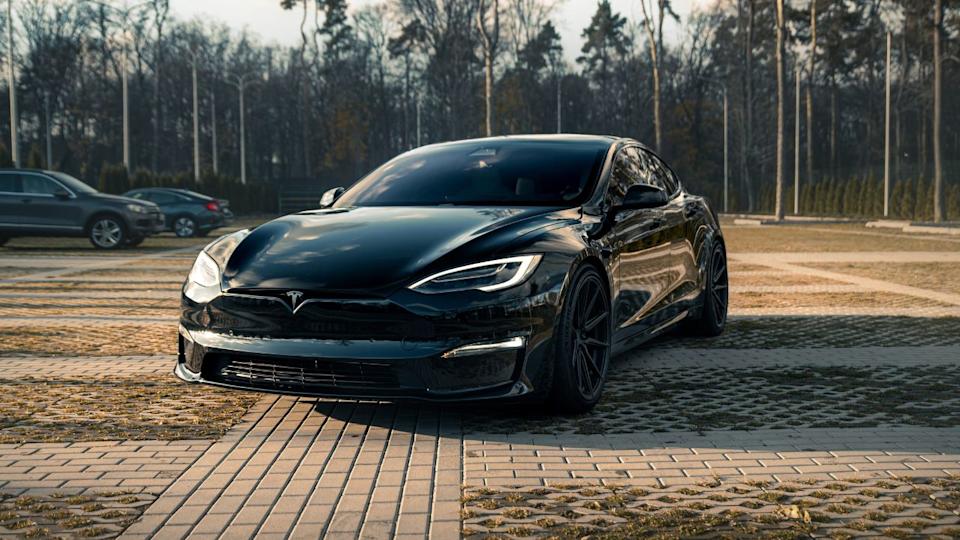
Alright, before you dismiss it, consider this for a second. We know what's coming:
Electric car
No engine noise
It's basically a golf cart
Electric car?!
But here's the cold, hard, undisputed truth: Tesla changed the game by building a car that delivered utterly staggering performance without a traditional internal combustion engine. The Tesla Model S in Performance trim (and especially the Ludicrous/Plaid variants) wasn't just fast; it was instantaneously fast, smooth, and surprisingly composed.
With dual electric motors providing all-wheel-drive grip, the Model S Performance (P100D) could launch from 0-60 mph in a mind-bending 2.5 seconds (or even 2.3 seconds with Ludicrous+ mode), a figure that humiliated many established supercars. It redefined what a high-performing sedan could look and feel like, proving that silent propulsion could deliver a gut-punch of acceleration. Drivers were drawn to the combination of instant power and clean, minimalist design, even if they couldn't brag about cubic inches.
The car single-handedly helped bring electric vehicles into the mainstream conversation around speed and capability, forcing every other automaker to take EVs seriously as performance machines. You might not like where it's going, but you can't ignore what set us on that countrywide path. Well, you probably can — it's silent.
Plymouth Hemi ‘Cuda
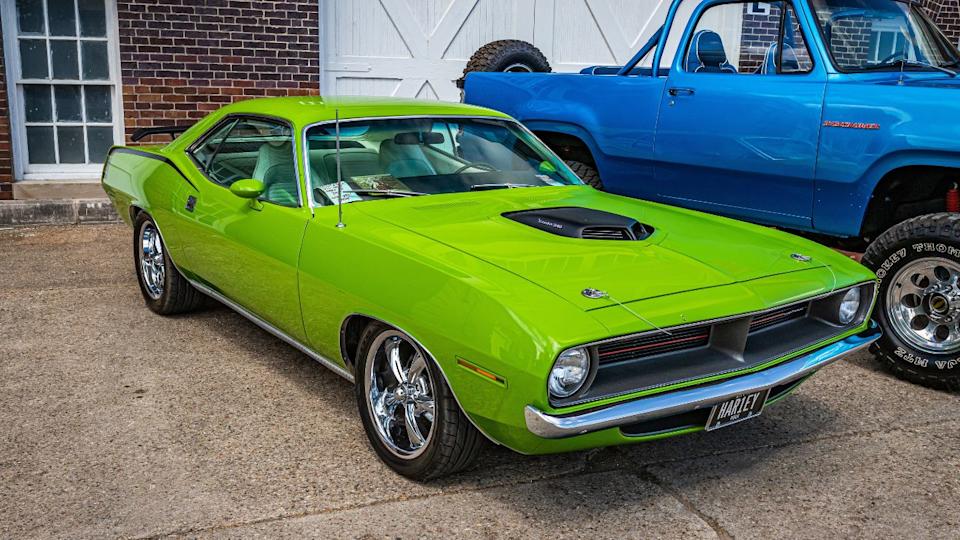
When it comes to pure, unadulterated muscle, the 1970 Plymouth Hemi ‘Cuda is often considered the king of the jungle. It stood out in a crowded field of muscle cars with bold, aggressive design (part of Chrysler's "fuselage" styling) and confident engineering that meant business. Its styling perfectly matched its purpose, giving drivers a car that felt special both visually and mechanically.
Under that Shaker hood was the legendary 426 cubic-inch HEMI V8, officially rated at a conservative 425 hp but capable of much, much more (estimates put it well over 500 hp in race trim). This elephant-sized engine, combined with a beefed-up chassis, made the Hemi ‘Cuda a drag strip terror and a street legend. It hit the quarter mile in about 13 seconds.
Only 652 Hemi ‘Cuda hardtops and a mere 14 Hemi ‘Cuda convertibles were built in 1970, making them incredibly rare and astronomically valuable today (a Hemi ‘Cuda convertible can fetch millions at auction). While its production run was short, its influence on the muscle car narrative extended far beyond that. The Hemi ‘Cuda remains one of the most sought-after, worshipped, and intimidating cars from its time – a true automotive icon that roared its way into history.
Chevrolet Camaro SS
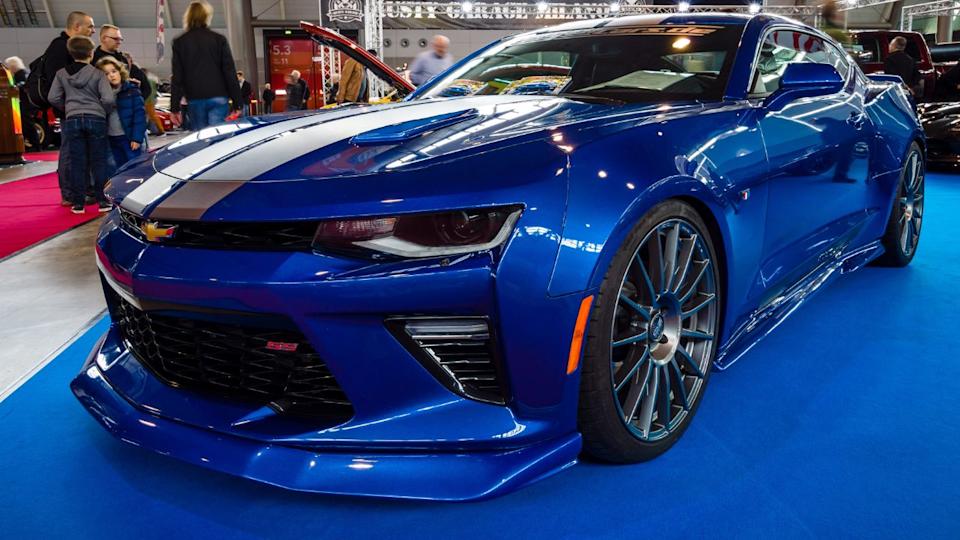
After years of the Camaro being a bit of a hefty brute (especially the fifth-gen), Chevrolet got serious with the sixth-generation Camaro SS, launched for the 2016 model year. Built on GM's excellent Alpha platform (shared with the Cadillac ATS and CTS), this new Camaro was designed with far more balance and refinement than previous versions. It was lighter by over 200 pounds compared to its predecessor (a 2016 SS Coupe weighed around 3,685 lbs), and significantly better tuned for road feel, making it a genuinely enjoyable experience across different driving situations — not just straight lines.
Under the hood, the SS packed the powerful 6.2-liter LT1 V8, delivering 455 hp and 455 lb-ft of torque, good for a 0-60 mph time in the low 4-second range. The improvements showed that muscle cars could indeed adapt and evolve, combining traditional power with modern handling prowess. Its performance was supported by smart design decisions rather than just brute power alone.
The result was a car that felt both modern and familiar in the best ways, proving that the Camaro could be a true sports car contender, not just a muscle car relic.
Ford Mustang Bullitt
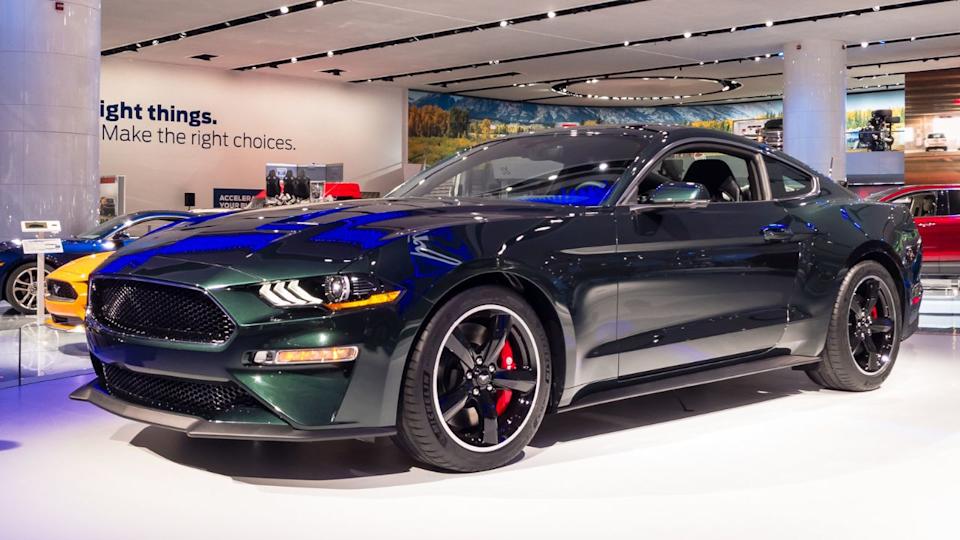
While some Mustangs scream for attention, the Ford Mustang Bullitt editions have always preferred to let their performance do the talking, much like the stoic Steve McQueen. Ford has wisely brought back this iconic nameplate several times (2001, 2008/09, and 2019/20). Each iteration paid homage to McQueen's Highland Green fastback, focusing on subtle visual cues and meaningful performance upgrades.
The Bullitt didn’t chase attention through flashy spoilers or aggressive body kits; instead, it focused on precision, clean lines, and a driving experience that echoed the movie car's understated cool. With a standard manual gearbox, a slightly more potent engine (the 2019/2020 model packed a 480-hp, 5.0-liter Coyote V8 and a higher top speed of 163 mph), and a few choice suspension upgrades, it appealed directly to drivers who valued simplicity, analog feel, and a connection to cinematic history.
It offered something more grounded and personal in a market often filled with overstated options. The Bullitt became a quiet favorite for its timeless approach, proving that sometimes, less chrome and more substance makes for a truly impactful performance car.
Looking Back

Putting this list together meant looking beyond mere horsepower figures and focusing on real, tangible impact. (Although, we couldn't resist sharing the horsepower of these incredible American monsters). Each car wasn't just chosen for what it could do on paper, but for the way it genuinely changed performance standards, often forcing competitors to re-evaluate their entire approach.
From groundbreaking design shifts to engineering breakthroughs that pushed the envelope, these models shaped the direction of American driving culture, influencing generations of gearheads and inspiring countless aftermarket upgrades. In the end, these cars earned their place by setting new expectations for speed, handling, and unmatched aura. Seriously, these are the cars that make you go, "It's just standing there. Menacingly!"
Like our content? Follow us for more.

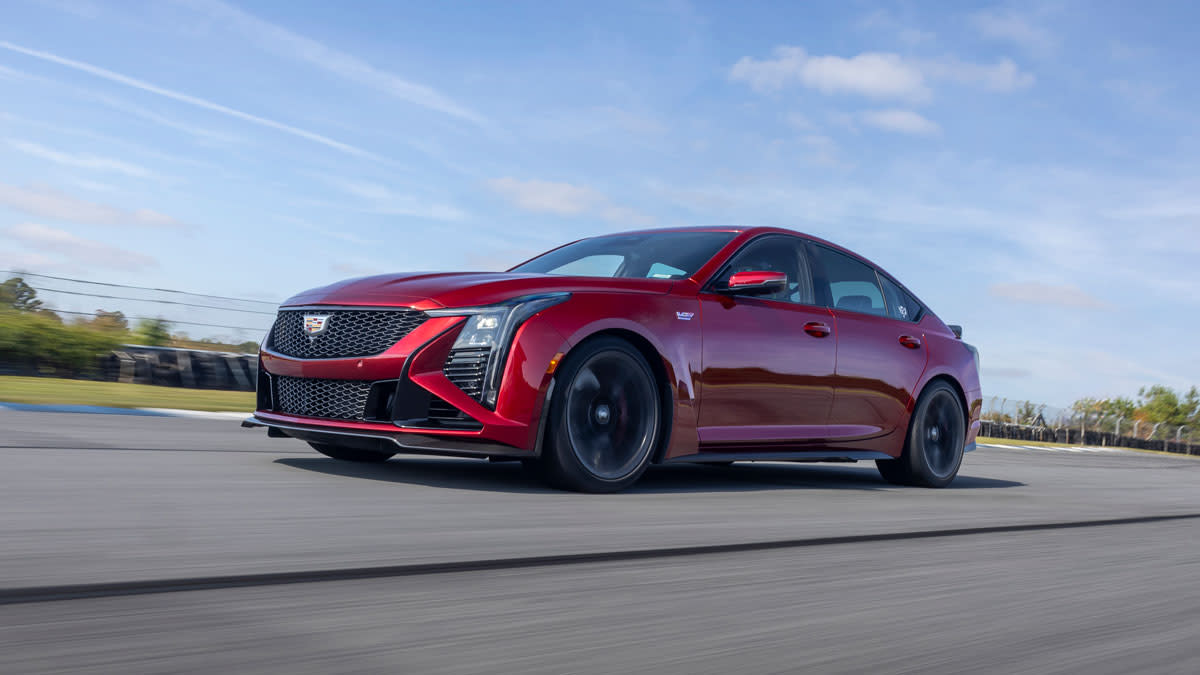



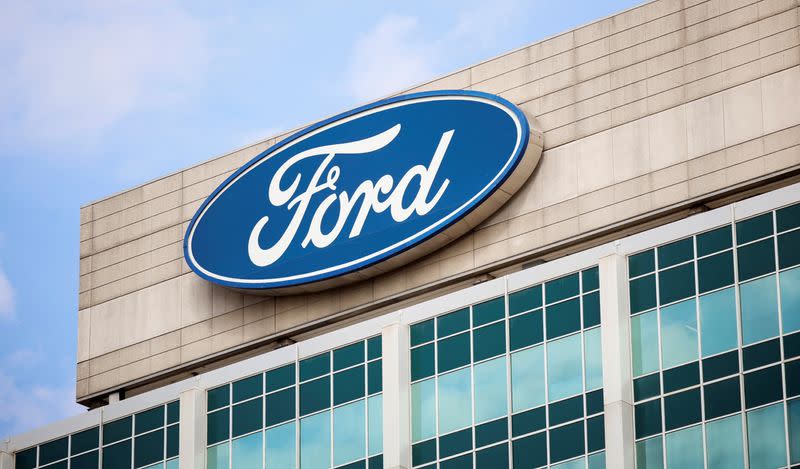
Comments